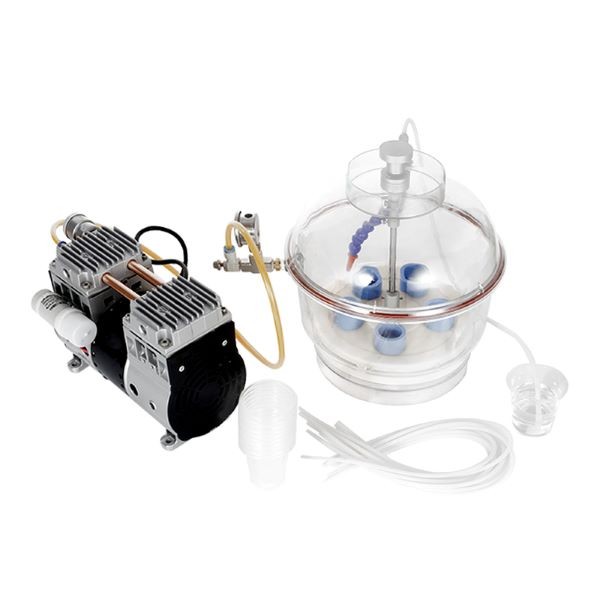
Mounting Machine
Vacuum Cold Mounting Machine for Sample Preparation
Item Number : KT-CXQ
Price varies based on specs and customizations
- Vacuum Degree
- -0.08MPa
- Rotating Disk
- Φ205mm
- Product Size
- 350*350*380mm

Shipping:
Contact us to get shipping details Enjoy On-time Dispatch Guarantee.
Why Choose Us
Reliable PartnerEasy ordering process, quality products, and dedicated support for your business success.
Application: Precision Sample Preparation for Advanced Laboratory Analysis
The Vacuum Cold Mounting Machine is engineered to address critical challenges in sample preparation, particularly for porous, fragile, or irregularly shaped materials. Its primary application lies in creating high-quality, void-free mounts for metallographic, electronic, and industrial failure analysis.
Key Applications Include:
- Circuit Board Inspection: Ensures flawless encapsulation of delicate microelectronic components, enabling precise cross-sectional analysis of solder joints, traces, and layered structures.
- Failure Analysis: Ideal for preparing crack-sensitive samples, such as fractured metal parts or composite materials, without introducing heat-induced distortions.
- Geological & Ceramic Studies: Effectively infiltrates porous ores, ceramics, and sprayed coatings to preserve structural integrity during grinding and polishing.
- Aerospace & Automotive Materials: Prepares composite materials, castings, and turbine blade coatings for microscopic examination by eliminating air pockets in fibrous or layered structures.
- Quality Control in Manufacturing: Used with dyes to detect microcracks, porosity, or delamination in cast parts, welded joints, or 3D-printed components.
This machine excels in scenarios where traditional hot-mounting methods would compromise sample integrity. Laboratories specializing in materials science, electronics manufacturing, or industrial R&D will find it indispensable for preparing samples for SEM/EDS, FTIR spectroscopy, or metallurgical microscopy.
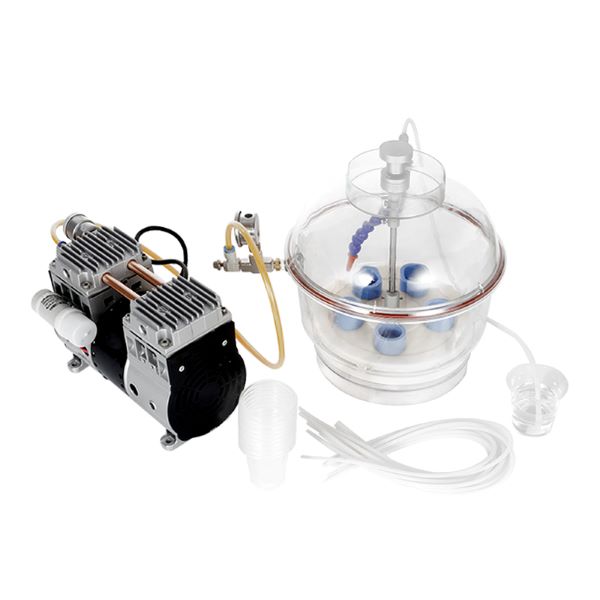
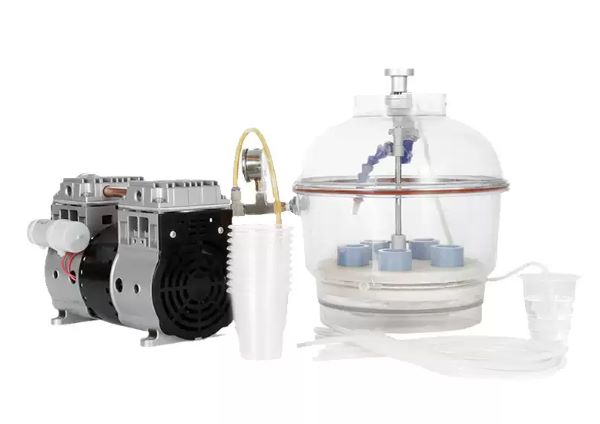
Feature: Advanced Engineering for Unmatched Efficiency
The Vacuum Cold Mounting Machine combines robust construction with intelligent design to streamline the mounting process:
Core Features:
- 8-Station Simultaneous Processing: Mount multiple samples in a single cycle using the Φ205mm rotating disk, dramatically reducing turnaround time for batch analysis.
- Precision Vacuum Control: Achieves -0.08MPa vacuum levels to thoroughly degas samples and resin mixtures, preventing bubble formation in final mounts.
- Bi-directional Rotation System: The forward/reverse rotating vacuum chamber ensures even resin distribution, critical for angular or recessed specimens.
- Industrial-Grade Components: Oil-free vacuum pump maintains consistent performance while eliminating contamination risks in cleanroom environments.
- Adaptable Mold Compatibility: Accommodates standard and custom mounting cups (6 included) for specimens ranging from 10mm to 50mm in diameter.
The machine’s compact footprint (350×350×380mm) and 14kg weight make it suitable for benchtop use, while the Φ280×330mm chamber accommodates large-scale industrial components.
Principle: Scientifically Optimized Encapsulation Process
The machine operates on a proven three-stage vacuum impregnation methodology:
Operational Workflow:
- Vacuum Degassing: Removes trapped air from sample pores and resin mixture, achieving 99.9% void elimination.
- Atmospheric Pressure Infiltration: Harnesses 101.3kPa atmospheric force to drive resin into sub-micron cavities unreachable by manual methods.
- Controlled Polymerization: Maintains optimal pressure during curing to prevent resin shrinkage or debonding.
This physics-driven approach ensures complete encapsulation of:
- Microcracks down to 0.1μm width
- Multi-layer PCB vias and through-holes
- Interconnected porosity in cast alloys
- Fracture networks in geological specimens
By eliminating thermal stress and mechanical vibration, the process preserves delicate nanostructures critical for accurate analytical results.
Advantage: Transformative Benefits for Analytical Accuracy
Compared to conventional mounting techniques, this system delivers measurable improvements in workflow efficiency and data reliability:
Strategic Advantages:
- 75% Time Reduction: Simultaneous processing of 8 specimens versus single-sample methods.
- 100% Repeatable Conditions: Programmable vacuum/pressure cycles ensure batch-to-batch consistency for ISO 17025 compliance.
- Superior Edge Retention: Maintains critical features at grinding interfaces for EBSD analysis.
- Multi-Material Compatibility: Works with epoxy, acrylic, and polyester resins for diverse applications.
- Cost Efficiency: Reduces resin waste by 40% through optimized impregnation versus manual methods.
For FTIR spectroscopy users, the machine produces uniform transmission pellets with optical-grade surfaces, achieving CV <2% in absorbance measurements. Its ability to handle irregular specimens minimizes cutting waste of precious materials – a critical advantage for rare geological samples or prototype electronics.
Contact our technical team to discuss customization options for your specific sample preparation challenges.
Technical specifications
| Parameter | Specification |
|---|---|
| Product Name | Vacuum Cold Mounting Machine |
| Model | CXQ |
| Vacuum Degree | -0.08MPa |
| Rotating Disk | Φ205mm |
| Weight | 14kg |
| Product Size | 350350380mm |
| Vacuum Chamber Size | Φ280mmx330mm |
| Standard Accessories | Rotating Disk: 1 set, Night Inlet Tube: 10, Oil-free Pump: 1 set, Mounting Mold: 6, Stirring Rod: 5, Material Cup: 5 |
| Application Range | Porous materials, crack failure analysis samples, porous castings, composite electronic components, ores, ceramics, spraying samples |
| Main Features | Multi-station, fast operation, 8-sample simultaneous mounting, negative pressure vacuum pump, forward/reverse rotation capability |
| Principle | Removes air from pores, uses atmospheric pressure to inject mounting material/dye into micropores |
4.8
out of
5
Incredibly fast delivery! The machine works flawlessly—perfect for our lab's needs.
4.7
out of
5
Great value for money. The quality is top-notch, and it's built to last.
4.9
out of
5
This machine is a game-changer! So advanced and easy to use. Highly recommend!
4.8
out of
5
Durable and efficient. Exactly what we needed for precise sample preparation.
4.9
out of
5
Impressive technology! Saves so much time and delivers consistent results.
4.7
out of
5
Solid construction and reliable performance. Worth every penny!
4.8
out of
5
Superb quality and speedy delivery. Our lab is now more efficient than ever.
4.9
out of
5
Cutting-edge technology! Makes sample prep a breeze. Absolutely love it.
4.8
out of
5
Fast, precise, and durable. This machine exceeds all expectations.
REQUEST A QUOTE
Our professional team will reply to you within one business day. Please feel free to contact us!
Related Products

Vibrating Disc Mill Small Laboratory Grinding Machine
Discover the versatile Vibrating Disc Mill for efficient laboratory grinding. Ideal for geology, metallurgy, biology, and more. Explore now!
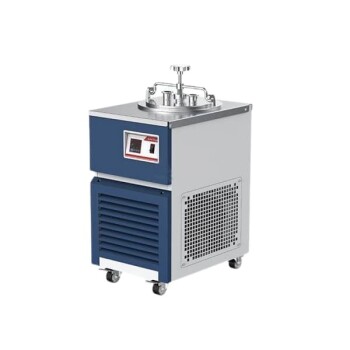
Vacuum Cold Trap Direct Cold Trap Chiller
Improve vacuum system efficiency and extend pump life with our Direct Cold Trap. No chilling fluid required, compact design with swivel casters. Stainless steel and glass options available.
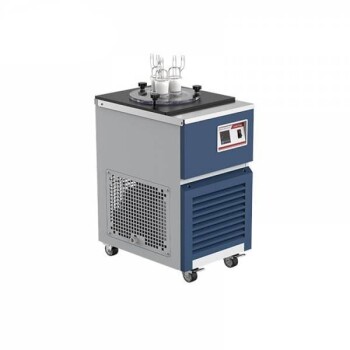
Vacuum Cold Trap Chiller Indirect Cold Trap Chiller
Boost vacuum system efficiency and prolong pump life with our Indirect Cold Trap. Built-in chilling system with no need for fluid or dry ice. Compact design and easy to use.
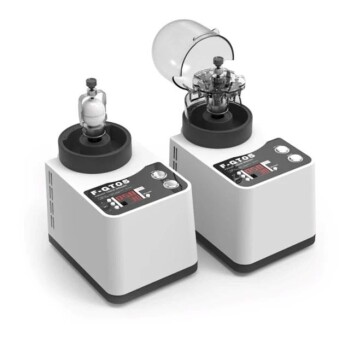
Laboratory Micro Tissue Grinding Mill Grinder
KT-MT10 is a miniature ball mill with a compact structure design. The width and depth are only 15X21 cm, and the total weight is only 8 kg. It can be used with a minimum 0.2ml centrifuge tube or a maximum 15ml ball mill jar.
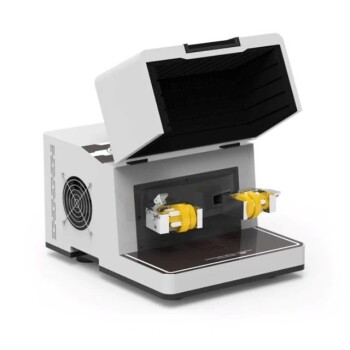
Laboratory Hybrid Tissue Grinding Mill
KT-MT20 is a versatile laboratory device used for rapid grinding or mixing of small samples, whether dry, wet, or frozen. It comes with two 50ml ball mill jars and various cell wall breaking adapters for biological applications such as DNA/RNA and protein extraction.
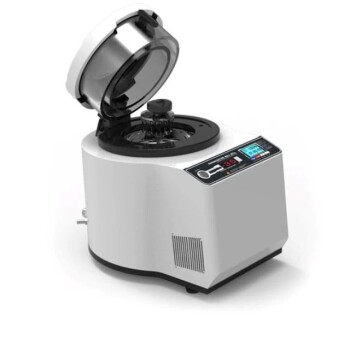
Laboratory High Throughput Tissue Grinding Mill Grinder
KT-MT is a high-quality, small, and versatile tissue grinder used for crushing, grinding, mixing, and cell wall breaking in various fields, including food, medical, and environmental protection. It is equipped with 24 or 48 2ml adapters and ball grinding tanks and is widely employed for DNA, RNA, and protein extraction.

Laboratory Test Sieves and Vibratory Sieve Shaker Machine
Efficiently process powders, granules, and small blocks with a high-frequency vibration sieve. Control vibration frequency, screen continuously or intermittently, and achieve accurate particle size determination, separation, and classification.
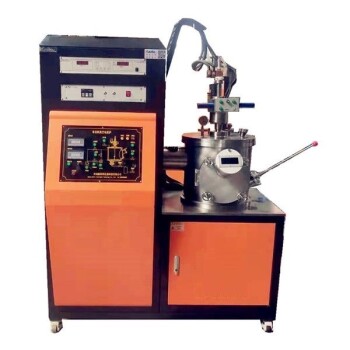
Non Consumable Vacuum Arc Induction Melting Furnace
Explore the benefits of Non-Consumable Vacuum Arc Furnace with high melting point electrodes. Small, easy to operate & eco-friendly. Ideal for laboratory research on refractory metals & carbides.
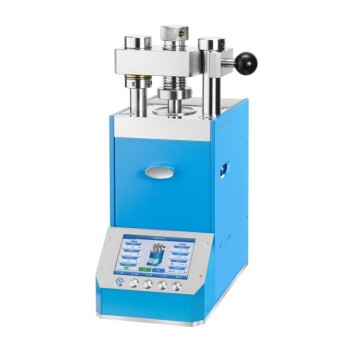
Automatic Lab Cold Isostatic Press CIP Machine Cold Isostatic Pressing
Efficiently prepare samples with our Automatic Lab Cold Isostatic Press. Widely used in material research, pharmacy, and electronic industries. Provides greater flexibility and control compared to electric CIPs.
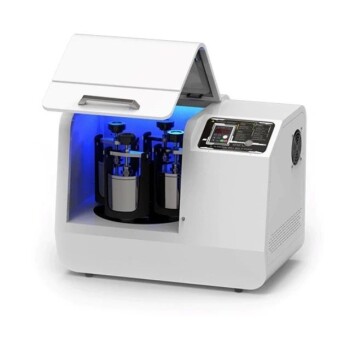
High Energy Planetary Ball Mill Milling Machine for Laboratory
The biggest feature is that the high energy planetary ball mill can not only perform fast and effective grinding, but also has good crushing ability
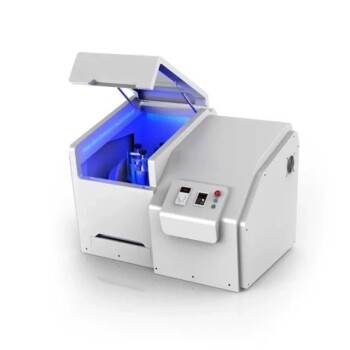
High-Energy Omnidirectional Planetary Ball Mill Milling Machine for Laboratory
The KT-P4000E is a new product derived from the vertical high-energy planetary ball mill with a 360° swivel function. Experience faster, uniform, and smaller sample output results with 4 ≤1000ml ball mill jars.
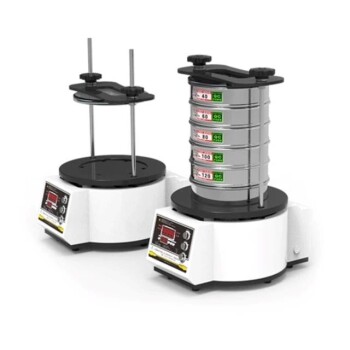
Vibratory Sieve Shaker Machine Dry Three-Dimensional Vibrating Sieve
The KT-V200 product focuses on solving common sieving tasks in the laboratory. It is suitable for sieving 20g-3kg dry samples.
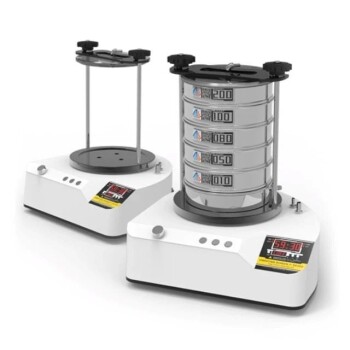
Laboratory Vibratory Sieve Shaker Machine for Dry and Wet Three-Dimensional Sieving
KT-VD200 can be used for sieving tasks of dry and wet samples in the laboratory. The screening quality is 20g-3kg. The product is designed with a unique mechanical structure and an electromagnetic vibrating body with a vibration frequency of 3000 times per minute.
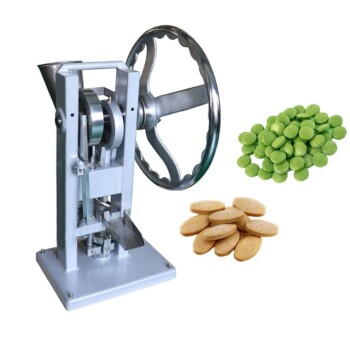
Single Punch Manual Tablet Press Machine TDP Tablet Punching Machine
Single punch manual tablet punching machine can press various granular, crystal or powdery raw materials with good fluidity into disc-shaped, cylindrical, spherical, convex, concave and other various geometric shapes (such as square, triangle, ellipse, capsule shape, etc.), and can also press products with text and patterns.
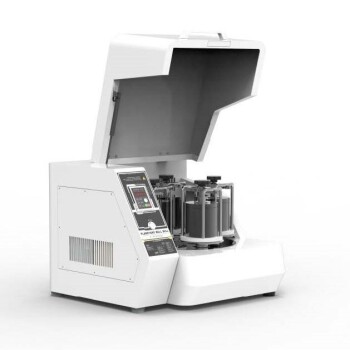
High Energy Planetary Ball Mill Milling Machine for Laboratory
Experience fast and effective sample processing with the F-P2000 high-energy planetary ball mill. This versatile equipment offers precise control and excellent grinding capabilities. Perfect for laboratories, it features multiple grinding bowls for simultaneous testing and high output. Achieve optimal results with its ergonomic design, compact structure, and advanced features. Ideal for a wide range of materials, it ensures consistent particle size reduction and low maintenance.
Related Articles

Exploring the Applications of Isostatic Pressing
Isostatic pressing is a powder metallurgy technique that applies equal pressure from all directions to a compacted powder. There are two types of isostatic pressing: cold isostatic pressing (CIP) and hot isostatic pressing (HIP). CIP uses pressure at room temperature, while HIP applies heat and pressure to the powder.

Principle and Process of Cold Isostatic Pressing
Explains the mechanism, factors, and process of cold isostatic pressing in powder molding.

Comprehensive Application of Cold Isostatic Pressing Technology
An overview of the wide-ranging applications of cold isostatic pressing technology across various industries.

Choosing the Right Warm Isostatic Press: Key Factors to Consider
Guidelines for selecting a suitable warm isostatic press based on cavity size, pressure range, accuracy, temperature, capacity, ease of use, maintenance, and environmental restrictions.

How Isostatic Presses Improve the Efficiency of Material Processing
Isostatic pressing is a manufacturing process that uses high pressure to compact and shape materials. It can be done at room temperature (cold isostatic pressing) or at high temperatures (hot isostatic pressing).

How Freeze-Drying Protects Delicate Biological Structures During Water Removal
Freeze-drying preserves biological samples by removing water without structural damage, ideal for vaccines, enzymes, and microbial cultures. Learn how it works.

Why Freeze-Drying is Indispensable for Preserving Sensitive Samples
Freeze-drying preserves sensitive samples by sublimation, maintaining molecular integrity and enabling stable, room-temperature storage. Essential for proteins, vaccines, and volatile compounds.

Understanding Cold Isostatic Pressing (CIP) and its Applications
Cold Isostatic Pressing (CIP) is a versatile manufacturing process that is widely used in various industries. It involves applying equal pressure from all directions to a material in order to achieve uniform compaction. This process is especially beneficial for materials with complex shapes or delicate structures. CIP is also known as isostatic compaction or hydrostatic pressing.

Understanding Cold Isostatic Pressing: Application, Advantages, and Limitations
Cold Isostatic Pressing (CIP) is a widely used manufacturing process in various industries, including ceramics, metalworking, and pharmaceuticals. It involves applying equal pressure from all directions to a material placed inside a flexible mold or bag. This process helps in achieving uniform density and shaping complex components with intricate geometries.

Understanding Cold Isostatic Pressing (CIP) and Its Advantages
Cold Isostatic Pressing (CIP) is a unique technique used in the manufacturing industry for compacting and shaping materials. It involves subjecting a material to uniform pressure from all directions, resulting in a highly dense and uniform product. CIP is particularly useful for machining and metal forming tools, as well as for large parts that don't require high precision.

Understanding Cold Isostatic Pressing: Process, Comparisons, and Applications
Cold isostatic pressing (CIP) is a method of processing materials that involves compacting powders by enclosing them in an elastomer mold. The process is based on Pascal's law, which states that pressure applied in an enclosed fluid is transmitted in all directions throughout the fluid without any change in magnitude.

Understanding the Technical Aspects of Cold Isostatic Pressing
Cold isostatic pressing (CIP) is a technique used in the manufacturing industry to achieve high-density materials with uniform properties. It involves applying equal pressure from all directions to a powder compact, resulting in improved compaction compared to traditional cold pressing methods.